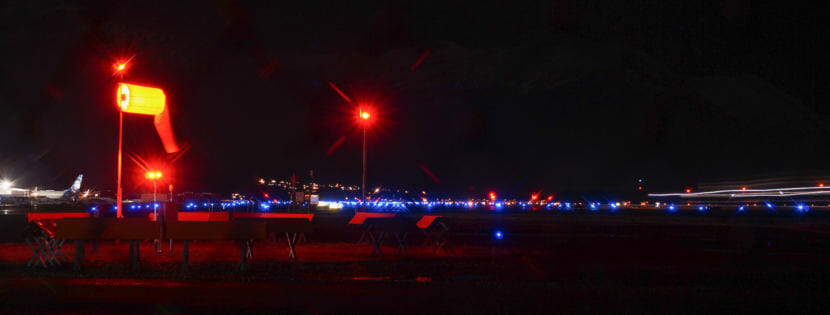
Juneau International Airport is eligible for $21.7 million in CARES Act relief money over the next four years.
Most public airports in Alaska are state-owned, meaning state lawmakers and the state Department of Transportation and Public Facilities have oversight of their CARES Act money.
But Juneau’s airport is municipally owned and operated. The Juneau Airport Board’s decision last Thursday to put its share of the money into operations, and nothing for big-ticket capital construction, means Juneau may be forgoing millions of dollars.
Juneau’s Airport Manager Patty Wahto wanted to put some of its CARES Act money toward operations and some toward a construction project that’s been in the works for years.
“We would benefit more, get the biggest bang for our buck, by doing some capital side of things as well as using, you know, a big chunk of it to offset what our operational losses would be,” she told the board.
But the airport board wanted the money to go toward operational expenses only, like payroll, deferring fee increases and dealing with impacts from the pandemic.
The pandemic and travel restrictions have slashed the collection of traffic-related fees to 5% of what’s normal. Staffing has been stable, though, and the grant requires the airport keep at least 90% of its employees through the year.
Wahto said CARES Act money could cover the $11 million hit to the airport’s operating budget she estimated over the next four years — the deadline for spending it.
The rest of the money is trickier, because the Federal Aviation Administration has a lot of strings attached. For example, it can’t be used to waive rent for airport tenants.
“So to use 21.7 million (dollars) in operational, legally, that would be a very difficult thing for the airport to do,” Wahto said.
Which is why Wahto recommended letting the feds pay for some or all of the $11.9 million needed to build a new equipment shop for the airport’s snow removal operations. Wahto said the 20,000-square-foot project was a good fit.
It wasn’t an either-or choice. The FAA said airports could split the grant money between qualified capital projects like that one and operations.
In public testimony, airport tenants, airline representatives and the airport gift shop operator were critical of the capital spending proposal. Some argued it was coming at the expense of offsetting airport fees that businesses are struggling with.
“Do what we can to support the businesses on the airfield that are struggling right now,” said Alaska Seaplanes President Kent Craford. “The idea that this can’t be used to offset fees is a bureaucratic syllogism. Maybe we can’t use these exact dollars, but these dollars can be used to support payroll and other costs at the airport, and that means that frees up money. … All money’s fungible, you know?”
Airport board members said they were uncomfortable with committing to a capital project with so much uncertainty about how the travel industry will rebound, and the next four years generally.
Board member Angela Rodell said not committing to the equipment shop project would give them flexibility and serve the most people.
“And if we don’t use all 21 million (dollars), we don’t use all 21 million. And we just have to be comfortable with that,” Rodell said.
The airport board unanimously passed Rodell’s motion to use CARES Act money on airport operations.
But if Wahto’s estimates are in the ballpark and airport officials can’t find ways to spend the leftover CARES Act money within the FAA’s rules, roughly $11 million could be returned to the federal government.
The FAA published this interactive map with a pin and dollar figure for each airport’s CARES Act eligibility across the country. Dollar figures were calculated airport-by-airport, by formula. But those dollar figures and pins don’t actually mean that’s where the money’s going.
In a statement Wednesday, state Deputy Commissioner of Aviation John Binder said the CARES Act airport grants would be pooled and “used collectively to ensure that the state’s highest aviation priorities remain funded.”
He said that rural airports are primarily funded by the state, not revenue from traffic. So they’ve been minimally impacted. But Ted Stevens Anchorage International Airport and Fairbanks International Airport have been greatly impacted, because they rely on revenue from passenger, cargo and customer activity.